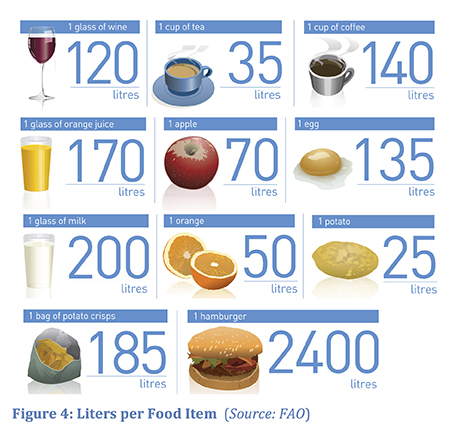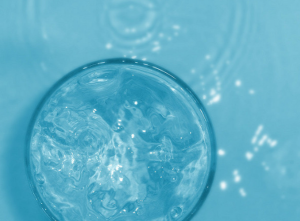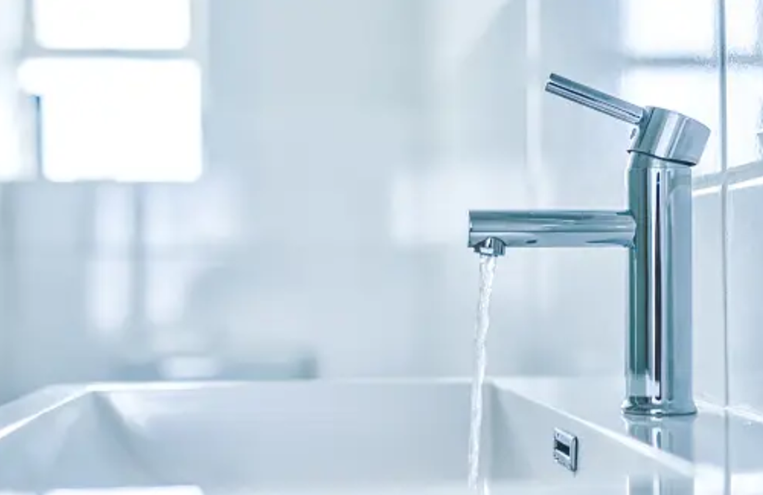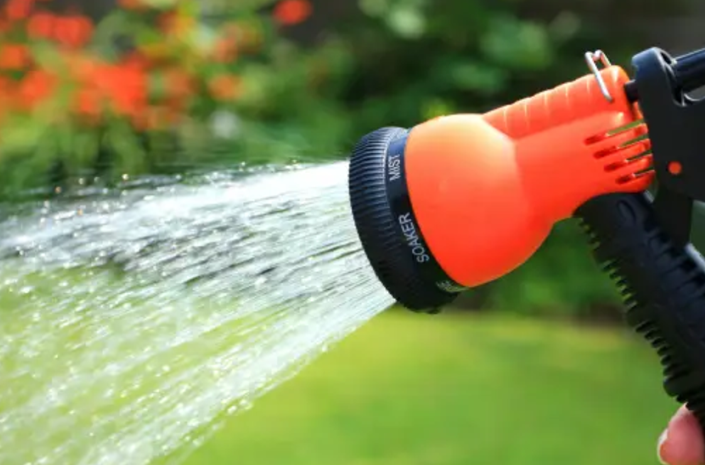
A useful starting point in the exploration of water impacts is the concept of the water footprint. Much like the now-familiar carbon footprint, a water footprint tells us how much water is consumed and altered (through water quality impacts) over the lifetime of a product. To produce a single cup of coffee, for example, coffee beans must be grown, harvested, processed, and transported – all these activities require water and produce wastewater that requires assimilation. In fact, The Water Footprint Network estimates the water footprint of coffee is 130 liters per cup ! Like with coffee, when you dig into the story behind everyday products and activities, it becomes clear that we can have a significant impact on water.
This short multiple choice quiz that encourages users to consider their everyday water usage and how their choices impact water quality and quantity. The goal of this quiz is to educate users on water conservation and stewardship, and presents alternatives to user’s water consumption choices. Users can also explore the technical report accompanying the quiz, which explains how their inputs are translated into a final water stewardship score.
An important facet of the water footprint is the distinction between global and local water impacts. When you pour yourself a cup of coffee, you aren’t seeing the 130 liters of water go into the cup along with it, because coffee’s water footprint is spread across the globe. Most of the products we consume come from around the world, and the water used to bring us these products is likewise sourced from locations around the world. However, we can also have a local water footprint. The water you use for showering or watering your lawn, for example, comes from the watershed(s) in which you live. Your local water footprint may feel more tangible, but it is important to consider both global and local water consumption.
The water footprint concept is a helpful way to understand how your daily activities can use water. However, the impact that we can have on water is not restricted only to the quantity of water consumed in the production and transportation of goods and assimilation of associated pollutants. Indeed, our impacts to water quality are also important to consider; not only do animals and plants depend on high quality water, but humans do as well, for drinking, cultivating crops, producing goods, and operating our industrial processes.

But the story doesn’t end with you and your actions. It is true that, as an individual, you have an impact on global and local water quantity and quality; however, the impact of each decision is amplified by every person who makes the same choices as you. Known as the cumulative effect of water decisions, it is important to consider how decisions, either water-conscious or not, can add up to produce significant consequences for global and local watersheds. For example, imagine you cut back your coffee intake to reduce your global water footprint. By cutting out one coffee on Saturdays, you are saving about 6,760 liters each year. While this is a great step to take as an individual, what if 500 people did the same thing? Or one thousand? If one thousand people reduced their coffee intake by one cup per week, that would save the equivalent of almost three Olympic sized swimming pools worth of fresh water, each year – and this is only one thousand people and one cup of coffee! When you account for cumulative effects, the positive impact that we can have as individuals with our routine choices can be staggering.
A quiz that looks at your every day water decisions has been designed to highlight the individual and cumulative impacts that our everyday choices can have on water quantity and quality, by taking users through a series of routine decisions and giving them an overall water stewardship score. By completing the Quiz, you will have a chance to understand how their daily activities can impact water quality and quantity, and learn about opportunities to reduce these water impacts.
To accompany the Quiz, a technical report has been completed to explore the purpose behind each question in the Quiz, explain how their inputs are translated into a final water stewardship score, and highlight key opportunities for users to reduce their water impact.
Taking the Quiz and reading the accompanying report are great first steps to learn more about our water impacts, but these are only a starting point! There are many online resources available where you can learn more about water stewardship and water in general. There are also communities and organizations you can join online and in person to learn more, share the message, and take positive actions to improve our water resources. With the Quiz as inspiration, we encourage you to seek out ways to become a better water steward!
Did you know wasting water is also a waste of energy and resources?
When we all make an effort and minimize wasteful water habits our lakes and rivers can benefit, and so can your wallet!
The following information suggests ways to conserve water and what can be done to reduce your footprint. Conserving water starts with you, and every drop counts!



We provide Canadian educational resources on water practices to promote conservation and sustainability. Our team crafts current and relevant content, while encouraging feedback and engagement.
The Canada WaterPortal is a registered charity, #807121876RR0001
We recognize and respect the sovereignty of the Indigenous Peoples and communities on whose land our work takes place.
© 2025 All Rights Reserved.